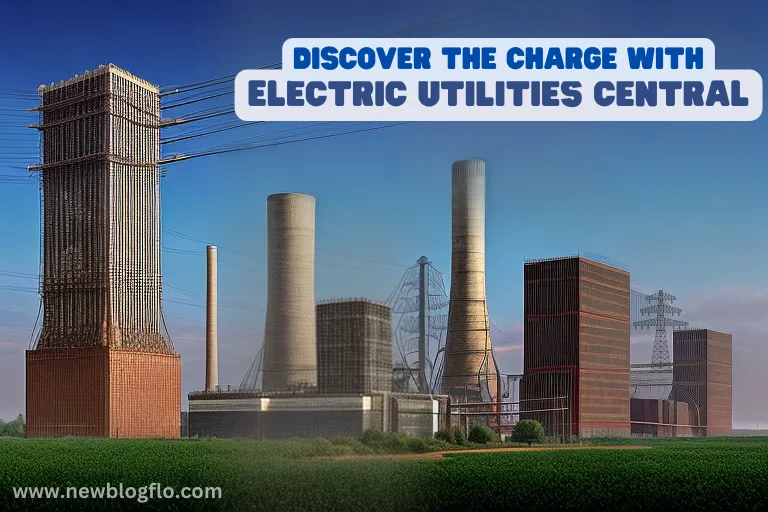From Bolts to Bulbs: The Journey of Electric Utilities Central
Humanity’s quest to harness electricity catalyzed the beginnings of electric utilities. In the late 1800s, small, isolated power systems popped up near cities. But a patchwork of urban plants and short-distance lines couldn’t electrify an entire nation.
Visionaries saw the potential of central station generation and bulk power transmission. Once Nikola Tesla developed AC electricity and transformers, the scene was set. Bold ventures like building the massive Niagara Falls hydroelectric plant soon followed. Nationwide electrification was within reach.
The early 1900s saw the rise and consolidation of regulated electric utilities central. Rural electrification spurred the creation of electric cooperatives. Today’s complex web of power players took shape. While the technology keeps advancing, EUC remains indispensable for delivering electricity.
The Central Electric Cooperative: A Key Player in Electric Power Generation
An important part of the central electric utility’s operations is the central electric cooperative. This member-owned co-op allows EUC to coordinate electricity production and transmission across multiple counties. With the cooperative structure, EUC can draw power from a diverse mix of sources to meet demand.
Always On: A Closer Look at Electricity Generation and Power Distribution

Of course, none of this would matter if electric utilities couldn’t deliver electricity to end users. That’s where power generation stations and distribution lines come in. Electric utilities may transmit energy from power plants to substations and subsequently to neighborhoods in their service regions by running high-voltage transmission networks. Talk about always on!





